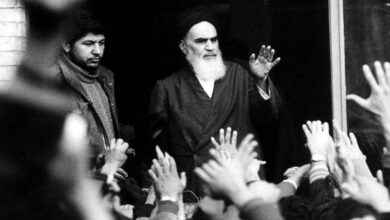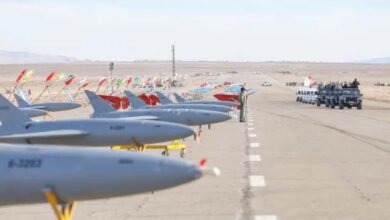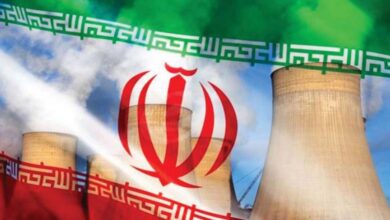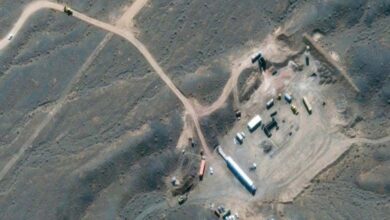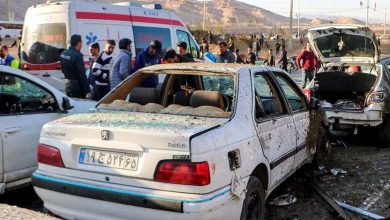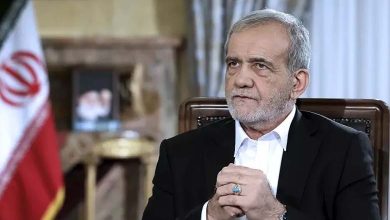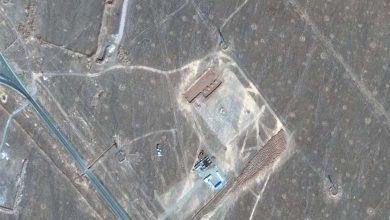Iranian President Approves Suspension of Cooperation with IAEA
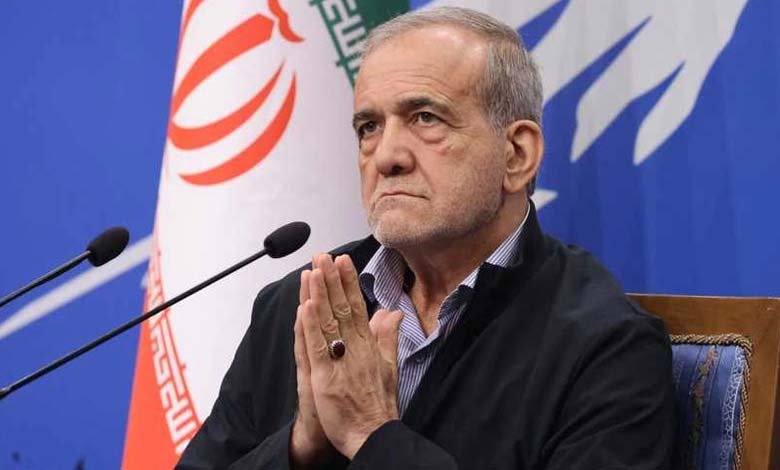
Iranian President Masoud Pezeshkian on Wednesday ratified a law suspending cooperation with the International Atomic Energy Agency (IAEA).
The decision follows a public session of the Iranian Parliament last week, during which the bill was passed with full approval of all its clauses.
-
“Iran’s Nuclear Program”: IAEA Condemnation and Tehran’s Response
-
Iran boosts uranium enrichment in response to IAEA pressure
-
Iran’s Fordow… a secret beneath the mountain impervious even to the most powerful bombs
Ebrahim Rezai, spokesperson for the Parliament’s National Security and Foreign Policy Committee, stated that the bill had been reviewed on June 24 and was approved after amendments.
Seyyed Mahmoud Nabavian, deputy head of the same committee, clarified that the legislation does not entail Iran’s withdrawal from the Nuclear Non-Proliferation Treaty (NPT).
“We are committed to the treaty and have declared that all our nuclear activities are peaceful. The bill specifically addresses cooperation with the IAEA, banning the installation of any surveillance cameras in the country, whether under basic agreements or supplementary protocols,” he said.
-
IAEA calls on Tehran to put relations back on track
-
IAEA accuses Iran of increasing uranium enrichment
Iran has threatened to halt cooperation with the agency, accusing it of siding with Western powers and providing justification for Israeli airstrikes, which began the day after the IAEA Board of Governors passed a resolution stating that Iran was not fulfilling its NPT obligations.
According to the new law, any future inspections by the IAEA of Iranian nuclear sites will require the approval of Iran’s Supreme National Security Council.
Separately, Iranian Foreign Minister Abbas Araghchi told CBS News that the U.S. bombing of Iran’s main Fordo nuclear facility had caused “severe and significant damage.”
-
Nuclear: Iran announces removal of two IAEA surveillance cameras
-
Iran threatens International Atomic Energy Agency (IAEA)
-
Pekaks: The Mountain Hiding Iran’s Nuclear Bomb
These developments come just days after a series of clashes between Tehran and Tel Aviv, triggered by an Israeli strike on Iran on June 13, which killed scientists involved in Iran’s nuclear program and senior military officials.
Israeli strikes targeted military bases, nuclear sites, and residential areas across Iran.
Iran responded with waves of missile and drone attacks on major Israeli cities, including Tel Aviv and Haifa, resulting in 28 deaths according to Israeli authorities.
A ceasefire between Iran and Israel came into effect on June 24.
-
US to Iran: Grant Inspectors Access to Workshop or Face Action at IAEA
-
Iran’s Mount Fass: A Nuclear Stronghold Deeper Than Fordo and Natanz
-
Tehran Sets U.S. Renunciation of Attack Plans as Condition to Resume Talks
-
Washington denies transfer of Iranian enriched uranium before U.S. strike
-
Iran’s Nuclear Program Under the Midnight Hammer
-
Iran: No Damage to Fordo and Highly Enriched Uranium Moved Before U.S. Strike
-
Trump Denies Seeking to Fund Iran’s Civil Nuclear Project


